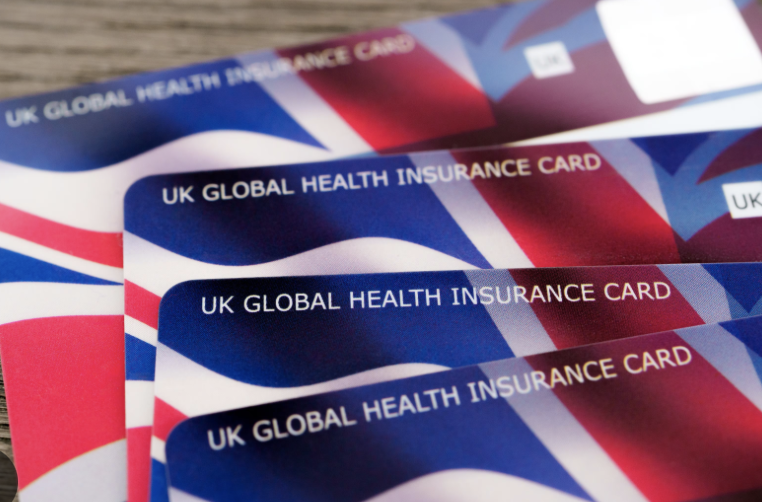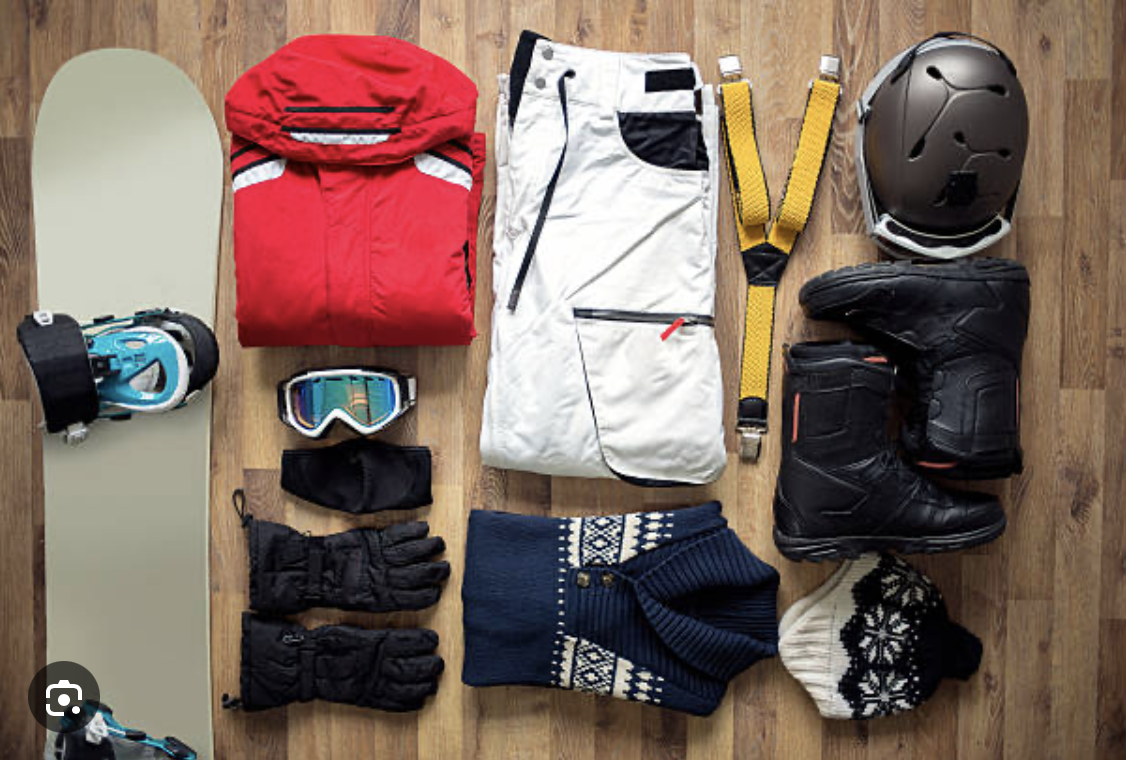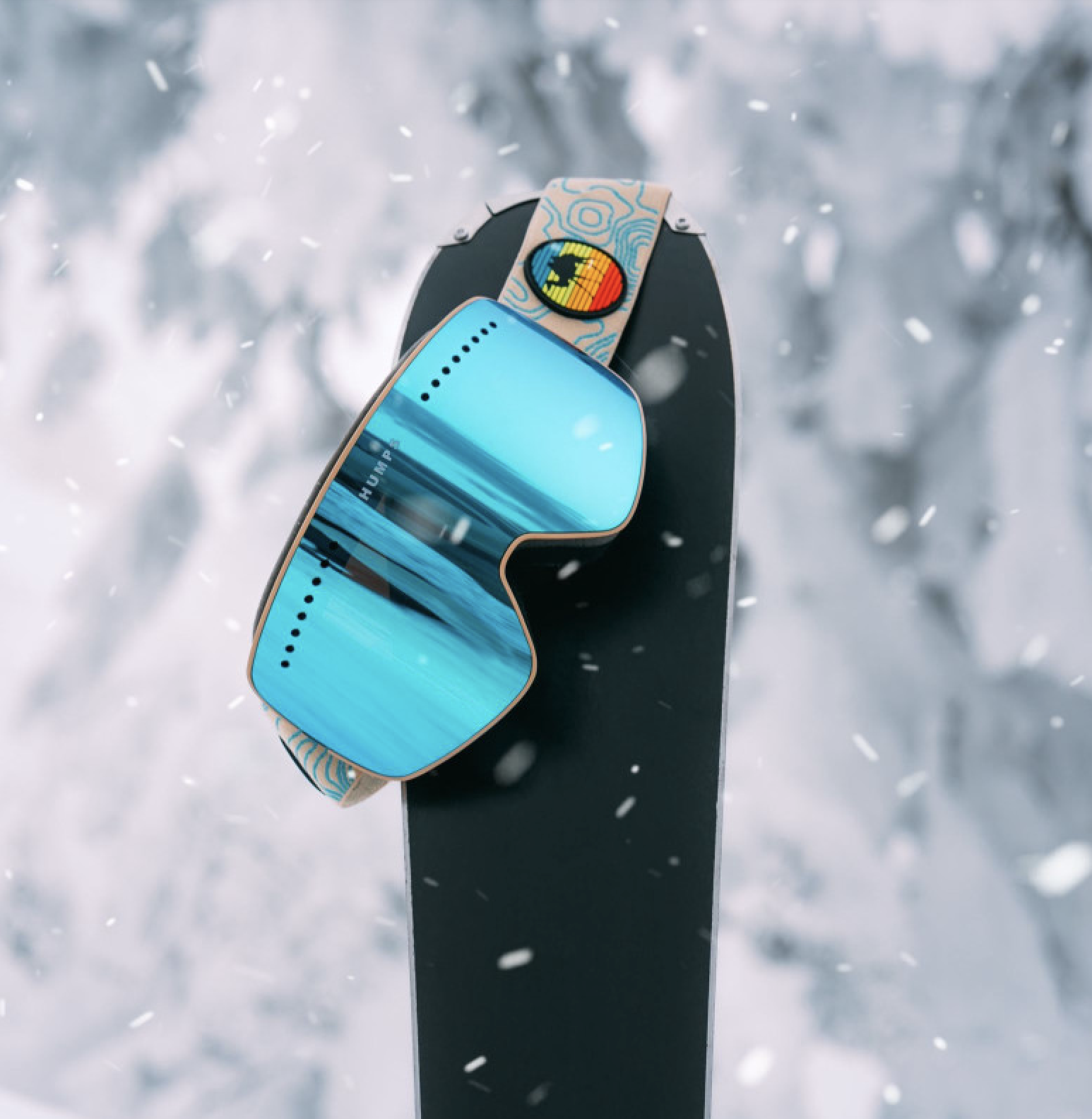Suitcase Dilemma?
22/8/2024
The Essential Guide to Packing for your Ski Holiday
Nothing is more exciting than booking your ski holiday - dreaming of escaping the winter blues and picturing yourself skiing down pristine pistes in perfect powder.
However, as the holiday gets closer, it’s time start to think about packing our bags and what we should be taking with us.
With luggage restrictions getting tighter, especially for flights, it’s never been so important to get it right when packing for your ski holiday.
So, what should you be packing?
Before You Go:
Even before you start packing for your trip, there are a number of things to consider and organise, including insurance and money.
Insurance is an absolute must when going on a ski holiday and it is important to make sure that your insurance policy covers winter sports - this may be an add on for your policy and so it is worth checking with your policy provider. If you are intending to ski off piste on your holiday, it is important to make sure that this is also covered by your provider in addition to on-piste skiing. Contact your insurance provider if you are unsure.
If you are skiing in Europe, your GHIC (UK Global Health Insurance Card) is essential to bring with you as this card entitles you to necessary state health care in the European Economic Area (EEA). The healthcare may be free or you might be required to make a payment equivalent to that of a local resident payment.
The GHIC has replaced the existing European Health Insurance Card (EHIC), and if you have one of these cards in your possession, you can continue to use it until its expiry date. If the card has expired, you will need to apply for a GHIC, which is free and lasts for 5 years. You can play for the card through the NHS website.

If you are skiing in Europe, you will be spending Euros. You can pay for pretty much everything with a credit or debit card, but remember to check beforehand for any fees you may face when paying with your card or withdrawing money in resort to avoid any nasty surprises later on. Many banks now offer a travel account, which can be linked to your current account allowing you to enjoy charge-free spending when abroad (HSBC Global account and Natwest), either as an app or a travel card.
It might be advisable to inform your bank that you are going away to avoid any complications with suspected fraud on your account and suspension of your account or card use.
Revolut is a popular bank option with a card or app where you can transfer your money between currencies at a favourable exchange rate before making a purchase.
Sign up here - Revolut Banking
For anyone flying into Geneva in Switzerland and then crossing the border to France before starting their ski holiday, avoid withdrawing cash in Geneva airport as you will withdraw Swiss Francs in stead of Euros, which will not be very useful in resort!
To be contactable on your ski trip is essential from a safety point of view, but also from a social point of view too! Make sure to check out the overseas rates with your mobile phone provider and be careful if enabling data roaming as this can rack up significant charges. Most resorts have great 4g coverage if you want to connect with others with WhatsApp or make your friends jealous with mountain Instagram posts!

What To Pack:
As we are all becoming more and more limited with the amount of luggage we can bring with us, both size and weight wise, it is essential to pack with precision, without forgetting the essential items for a ski holiday.
So where to begin?
Ski Clothing
A good quality ski jacket is an essential item in your case. For piste skiers who aren’t too interested back country skiing or skiing on bad weather days, a soft shell jacket is a great choice as it will keep you warm and offer some protection against snow, although is not completely waterproof. If you are heading into the back country on your holiday and intend to ski whatever the weather, you may want to consider a hard shell jacket, which is waterproof and windproof. You will need layers under this jacket as hard shell jackets are not insulated.
It’s also worth considering the time of year you will be skiing - for colder months, a soft shell insulated jacket is a good choice whereas a hard shell is a good option for spring skiing.
Remember to look for features such as hoods, zipped pockets, goggle pockets and vents as simple features can make a bit difference to your ski experience/
Ski pants are another crucial item for your case and can be the make or break to your ski experience and so it is important to choose these wisely! Choosing the right type, style and material can keep you warm, dry and comfortable on the mountain.
Similar to the ski jackets, ski pants can be bought as a hard or soft shell offering different features such as water and wind proofing, warmth and comfort. Choose between a slim cut, offering a flattering slim look, a regular cut or a relaxed cut where you can layer underneath to keep you warm. Snowboard pants will tend to be either regular or relaxed.
Warm, dry hands are the secret to a happy skier and so remember to add a pair of good quality ski gloves or mittens to your packing list.
You will be facing a range of wintry conditions when you hit the mountain from freezing cold bluebird powder mornings, to wet, snowy whiteout days and so your gloves need to not only keep your hands warm but also keep your glove insulation and your hands dry at the same time.
Ski gloves with a GORE-TEX membrane are an excellent choice to keep your gloves and hands dry.
For more versatility, you could also consider a 2in1 glove set with a shell and a liner, where they can be used either together or independently depending on the conditions.
Remember to look out for features like wrist straps, pockets, google and nose wipes which can be useful when skiing or snowboarding.
Another essential item for your ski ensemble, often overlooked and underrated is a good pair of ski socks. A pair of poor quality socks can ruin what should be the perfect day on the mountain.
Choose between tube socks - a basic sock offering simple comfort for a small price suitable for children or beginners, or an ergonomic sock, offering maximum comfort and performance. Ergonomic socks are perfect for intermediate to advanced skiers and snowboarders who want to improve their performance - these socks can make a huge difference to your riding.
The fabric of the sock is also a consideration as different fabrics can offer different levels of comfort and moisture management. Better quality fabrics such as Merino wool can greatly improve your performance on the mountain. Snowboarders can also opt for snowboard specific socks with different support and protection to that of a ski sock.
Layering your clothing when skiing is essential as you can remove layers if you become too hot and replace them when needed. As you warm up throughout the day, they are easily removed and easy to store in your backpack as you cruise the pistes.
When talking about layering when skiing, we tend to use the terms base layer, mid-layer and outer layer. The outer layer is your ski jacket, which we’ve covered above.
Thermal base layers are great for wearing on cold days under your base layer and take up very little room in your case, meaning you can pack lots of them! They trap air close to the skin and so keep you warm throughout the day. They are quick to dry too and so you can hand wash them if needed during your holiday and they will be dry in not time, ready to wear again! Thermal leggings are also the perfect solution for cold ski legs. A snug fit with flexible fabrics will keep you warm yet still lowing a wide range of motion.
Mid layers include fleeces and light sweaters that can be removed and added as needed. Thick jumpers should be avoided as they are bulky and can restrict movement when worn under a ski jacket. Adding and removing mid layers is more versatile than wearing one single bulky jacket.
A helmet is without question the most important item to wear when skiing and should be at the top of your packing list. However, it is a bulky item and can be hired in resort if you prefer to do so. Also important is a snug and warm beanie to wear when you are off the mountain exploring the resort, heading to après-ski or for popping in your back pack to put on when you stop for lunch.

It is important to protect your eyes against the elements when hitting the slopes and so packing e good pair of goggles is essential. On sunny days, the light reflects off the snow and UV light also gets stronger with altitude. Over exposure to UV rays in these conditions can lead to snow blindness - a form of sunburn on the cornea, a painful condition causing watery eyes and in extreme conditions, blindness.
Goggles use different lenses for different conditions. A pink or red lens for a cloudy, snowy day will enhance the light that is there, creating contract and making it easier to see the terrain in front of you. A dark or mirror lens for a sunny day will restrict the light coming through the lens to protect your eyes, often using a coating on the outside to reduce further glare.
Your goggles should fit well with a neat seal around the face. If you have a helmet, it is worth trying the goggles and helmet on together as you want a good seal at the top of the goggle where the helmet meets the goggle.
The sun in the mountains is extremely powerful and so a good sunscreen and lip balm are essential items for your case. Use a high SPF and avoid burning your face or suffering with dry, cracked lips during your holiday.
Other items not to be forgotten include your electrical chargers for your phone, tablet, laptop, camera, toothbrush etc with an adapter from UK to Europe.
Swimwear is a must if the chalet or hotel has a pool or hot tub and you might want to consider a pair of flip flops for moving between the chalet and hot tub or for around the pool area.
If you are sharing a room or you are a light sleeper, you may want to pack some ears plugs to ensure a good nights sleep. An eye mask can also help you with a better nights sleep if your bedroom has a lot of light.
Remember to pack any medication you may need for the trip as it is not guaranteed that you will be able to pick this up in resort if forgotten.
A back pack is a good addition to your packing list to use on the slopes for water, camera, extra layers etc and this can also double up as your hand luggage.
With all of the essentials covered, it has to be said that the most important things to bring with you on a solos ski holiday are a great sense of humour, a can-do attitude, a good level of fitness, bags of energy and a big smile!


 Read Reviews on Trip Advisor
Read Reviews on Trip Advisor 


